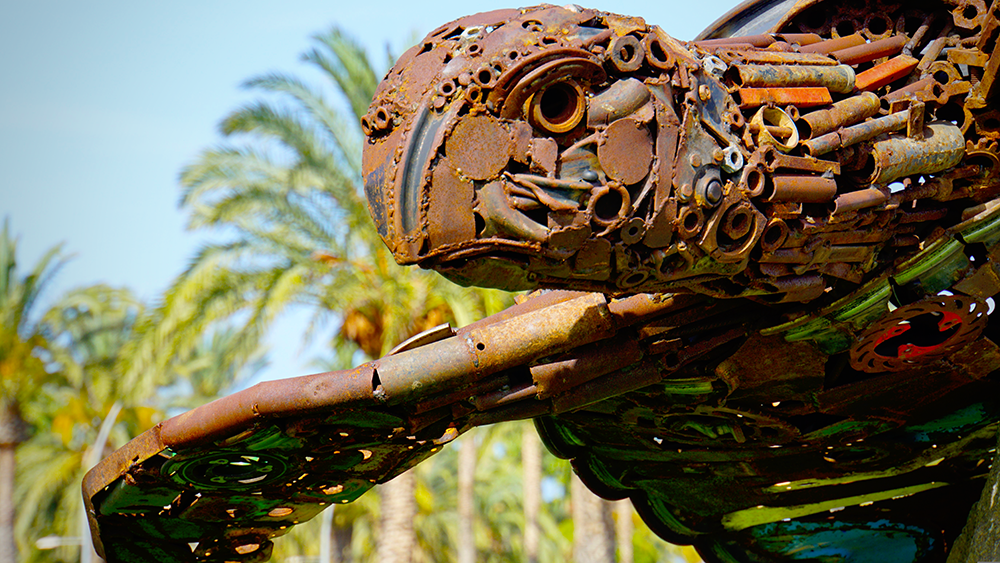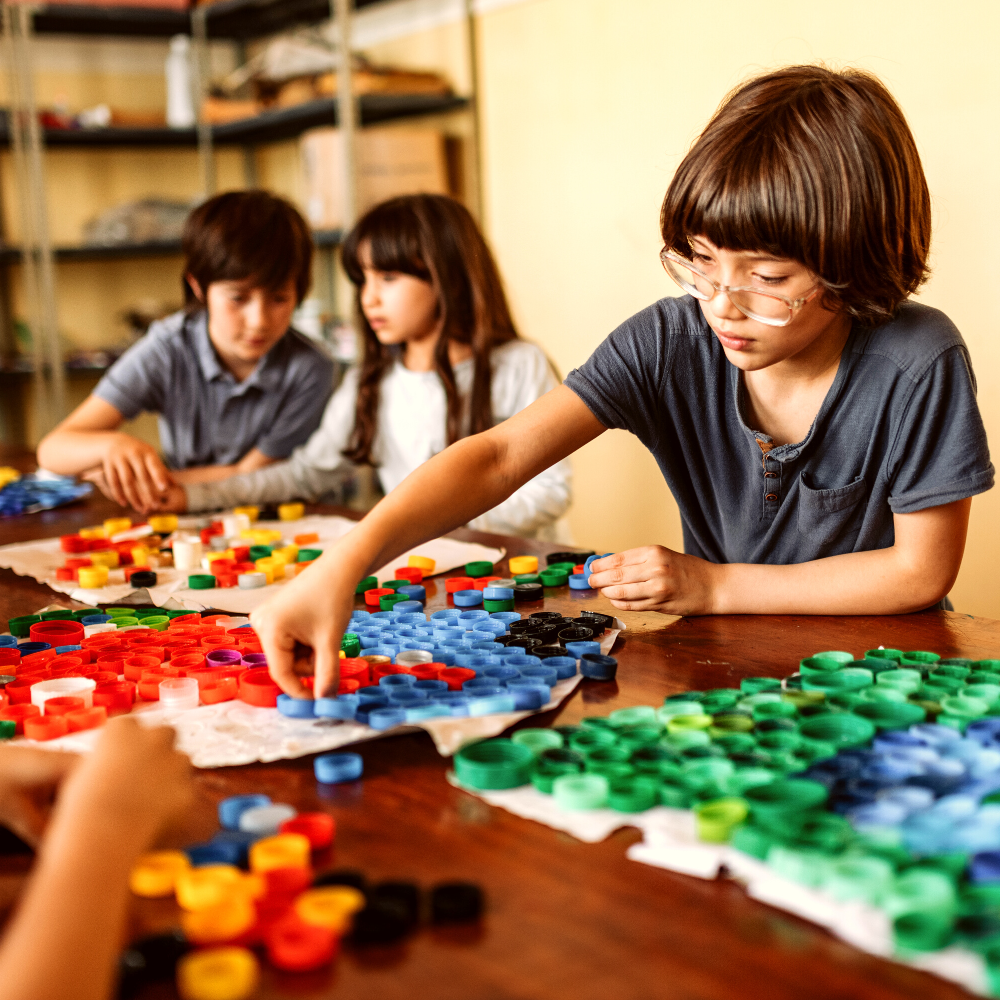In a world increasingly aware of its own ecological footprint, the allure of recycled art has blossomed, captivating the hearts and minds of creators and admirers alike.
Recycled art, often called junk art or upcycled art, is a unique form of creativity that has gained significant traction in recent years.
This art form involves the use of discarded materials, such as plastic bottles, old toys, bicycle tires, and wrapping paper, to create art pieces that are both aesthetically pleasing and thought-provoking.
This innovative realm of expression, where the abandoned and obsolete are skillfully reincarnated into visual wonders, speaks volumes about the human spirit and its relentless pursuit of beauty.
But what drives an individual to delve into dumpsters and salvage yards, seeking the raw materials for their next masterpiece?
Why do people make recycled art?
The reasons are as diverse as the artists themselves, ranging from environmental concerns to the sheer joy of creating something new from the old.
The motivations behind recycled art are as layered and complex as the pieces themselves, weaving together a tapestry of environmental activism, personal fulfillment, and the transformative power of seeing the world through a lens of limitless potential.
Key Takeaways:
- Recycled art is a creative process that transforms waste materials into beautiful pieces, promoting environmental sustainability.
- Artists use recycled art to raise awareness about environmental issues and inspire action towards resource conservation.
- Recycled art is not only a form of expression but also a practical approach to reusing materials and reducing waste.
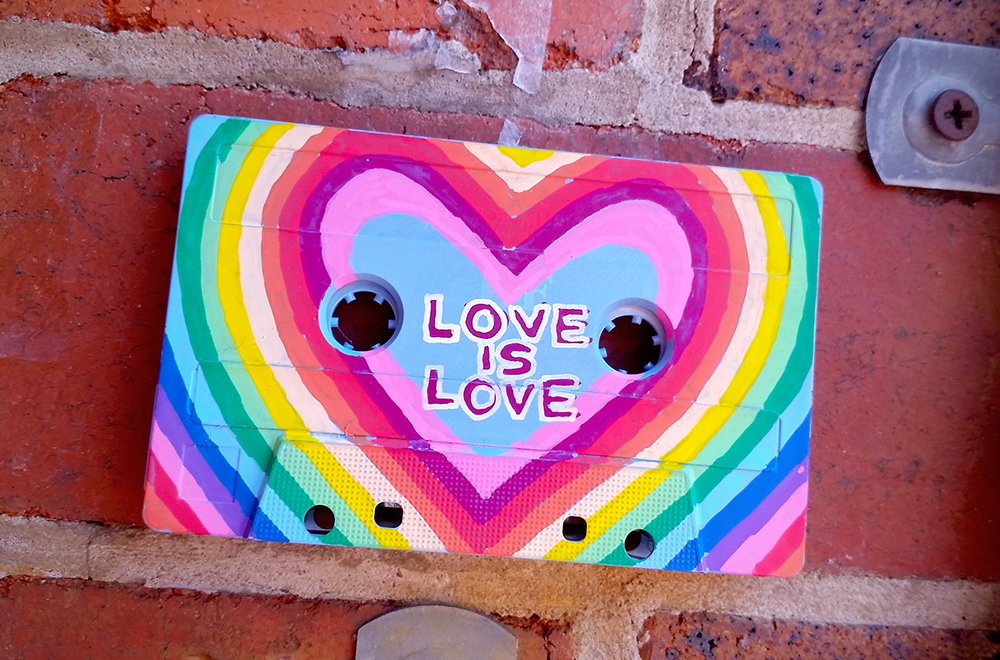


Environmental Imperative
One of the primary reasons why people make recycled art is the growing concern for environmental issues.
Many artists are acutely aware of the problems caused by waste and pollution.
By using recycled materials, they aim to promote recycling and resource conservation.
Brazilian artist Vik Muniz, for example, has created stunning artwork from scraps, demonstrating that one man's trash can indeed become another man's treasure.
These art pieces serve as a powerful reminder of the importance of reusing materials and reducing our ecological footprint.
A New Life for Old Materials
Recycled art gives old materials a new purpose, turning trash into treasures.
Artists work with a variety of found objects and repurpose them into wearable pieces, sculptures, or paintings.
This process not only breathes new life into materials that would otherwise contribute to landfill but also showcases the endless possibilities of creativity.
Robert Rauschenberg was one of the pioneers in using found objects in his artwork, proving that repurposing materials can result in truly innovative and beautiful pieces.
Creative Challenge
Creating art from recycled materials presents a unique challenge that many artists find irresistible.
It requires a different kind of creativity to find inspiration in what others might see as waste.
The process of transforming these materials into art forces artists to think outside the box and come up with creative ways to give them a new image.
This challenge is part of the allure of recycled art, as it pushes the boundaries of traditional art forms and encourages artists to explore new ideas and techniques.
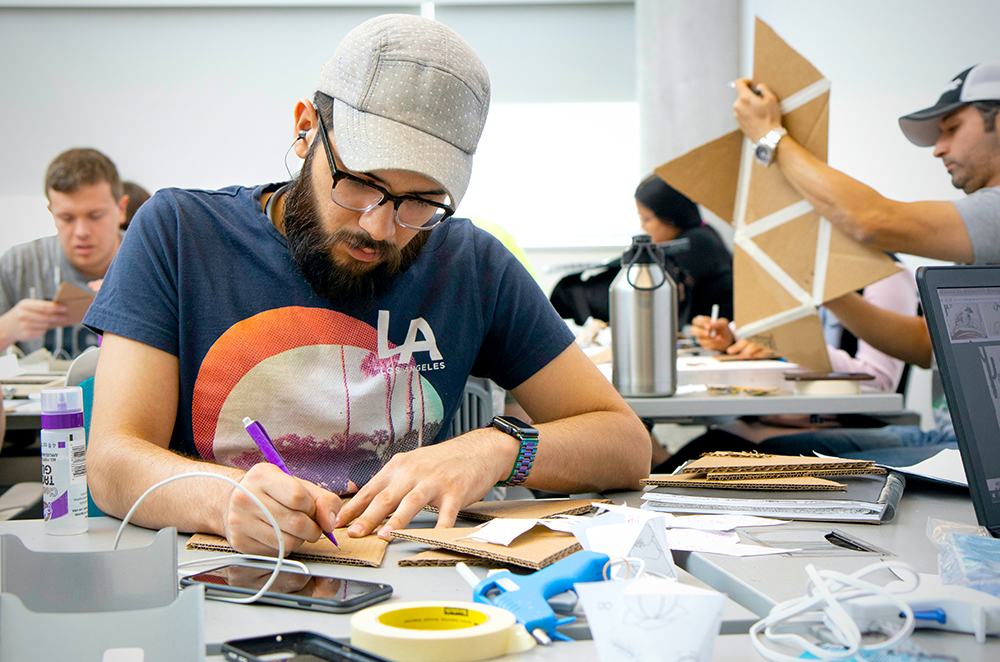

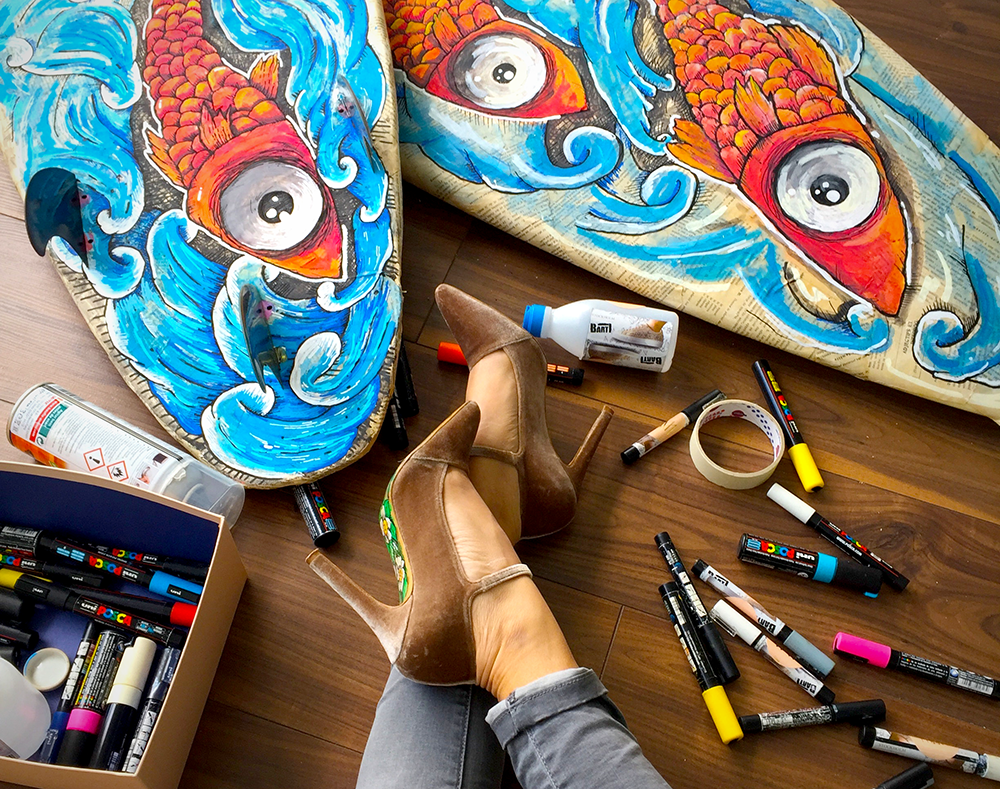
Raising Awareness Through Art
Artists who create recycled art often have a message they wish to convey.
They use their artwork to raise awareness about the state of the world and inspire action.
By showcasing how waste can be turned into something beautiful and functional, they encourage others to think about their consumption habits and the impact they have on the planet.
Recycled art can be a powerful tool for change, as it visually communicates the need for a shift towards more sustainable practices.
Philosophy of Upcycling
Upcycling, a term often synonymous with recycling, takes the idea of 'one man's trash is another man's treasure' to a whole new level.
Unlike recycling, which breaks down materials to their base substances, upcycling creatively repurposes discarded items without significant processing.
This practice not only prevents waste but also results in unique, creative products that carry both aesthetic and environmental value.
Artists who specialize in upcycling view refuse not as the end of a product's life cycle but as the beginning of a new, artistic journey.
Other artists have embraced upcycling as a philosophical stance against the throwaway culture that dominates modern society.
By transforming items that would otherwise contribute to landfill mass, these artists make a statement about consumption and sustainability.
Examples of upcycled art include sculptures made from old bicycle parts, jewelry crafted from computer components, and furniture fashioned from reclaimed wood.
Each piece tells a story of transformation and challenges viewers to reconsider their perceptions of waste.
Role of Education in Recycled Art
Recycled art plays a pivotal role in education, serving as a tangible example of how materials can be reused and repurposed.
Schools and educational programs often incorporate recycled art projects to teach students about environmental stewardship and the importance of conservation.
By handling materials such as cardboard, plastic bottles, paper, and other items destined for the trash, students learn the value of resourcefulness and the potential of every object to be transformed into something new.
Moreover, recycled art initiatives often lead to community workshops and exhibitions, where the public can engage with the idea of recycling in a hands-on manner.
These events not only showcase the ingenuity of artists who work with recycled materials but also inspire attendees to adopt similar practices in their own lives.
Through these educational experiences, recycled art becomes more than just a sculpture or a material; it becomes a powerful tool for change, fostering a culture of sustainability and creativity that can ripple through communities and beyond.

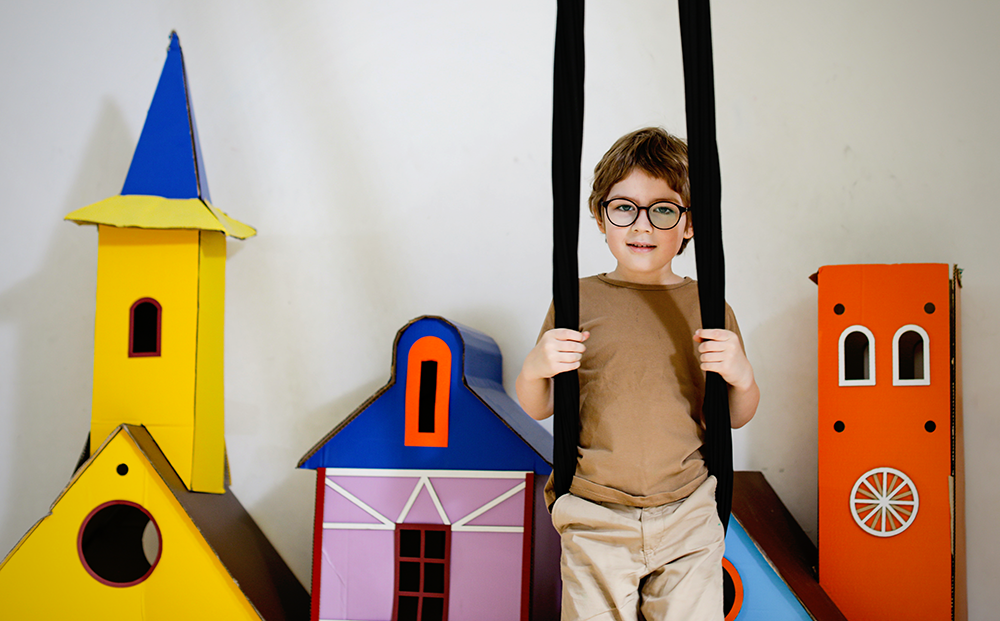

Beauty of Resourcefulness
Recycled art is a testament to the beauty of resourcefulness.
It celebrates the ability to see potential in the most unlikely places and materials.
From old magazines to scraps of wood, artists find beauty in items that have been discarded and give them a second chance.
This approach to creating art not only results in unique and beautiful pieces but also highlights the value of reusing and repurposing materials that would otherwise go to waste.
A Reflection of Our Times
The rise of recycled art is also a reflection of our times.
In a world increasingly concerned with sustainability and the impact of human activity on the environment, recycled art resonates with a wide audience.
It is a form of expression that aligns with the values of resource conservation and environmental responsibility.
As such, it is not only an artistic trend but also a cultural movement that reflects the growing desire for a more sustainable and conscientious way of life.
Economic Aspect
Another reason why people make recycled art is the economic benefit.
For many artists, especially those in developing countries or with limited resources, using recycled materials is a cost-effective way to create art.
Instead of purchasing expensive supplies, artists can utilize what is readily available to them for free or at a low cost.
This economic advantage allows artists to continue their craft without the financial burden that often comes with traditional art-making processes.
Community Connection
Recycled art often involves a community aspect, where artists work with others to collect materials and create art.
This collaborative process can strengthen community ties and promote recycling on a larger scale.
For instance, community art projects that focus on turning trash into art can engage people from all walks of life, fostering a sense of unity and shared purpose in the pursuit of environmental stewardship.

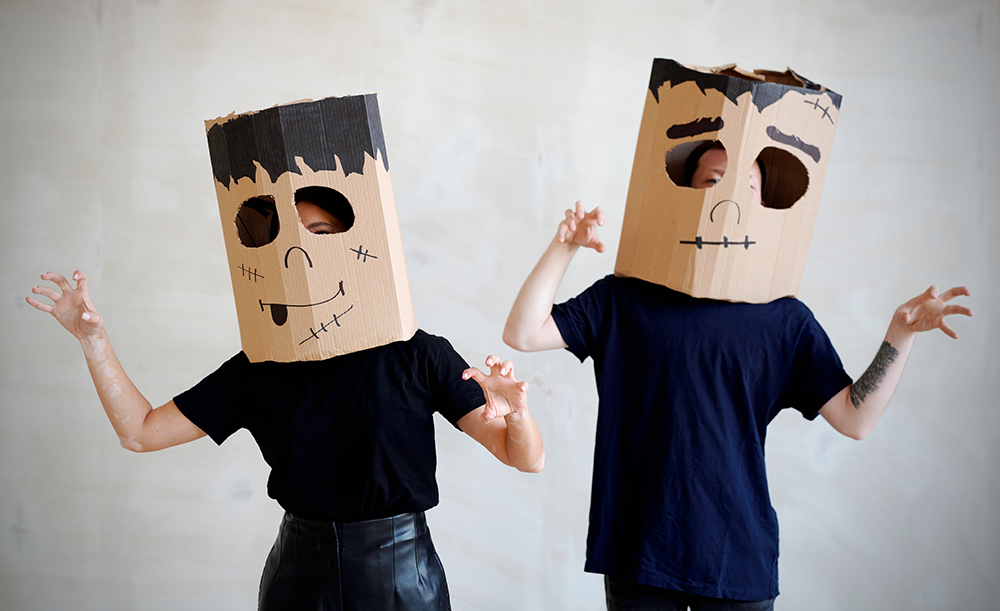
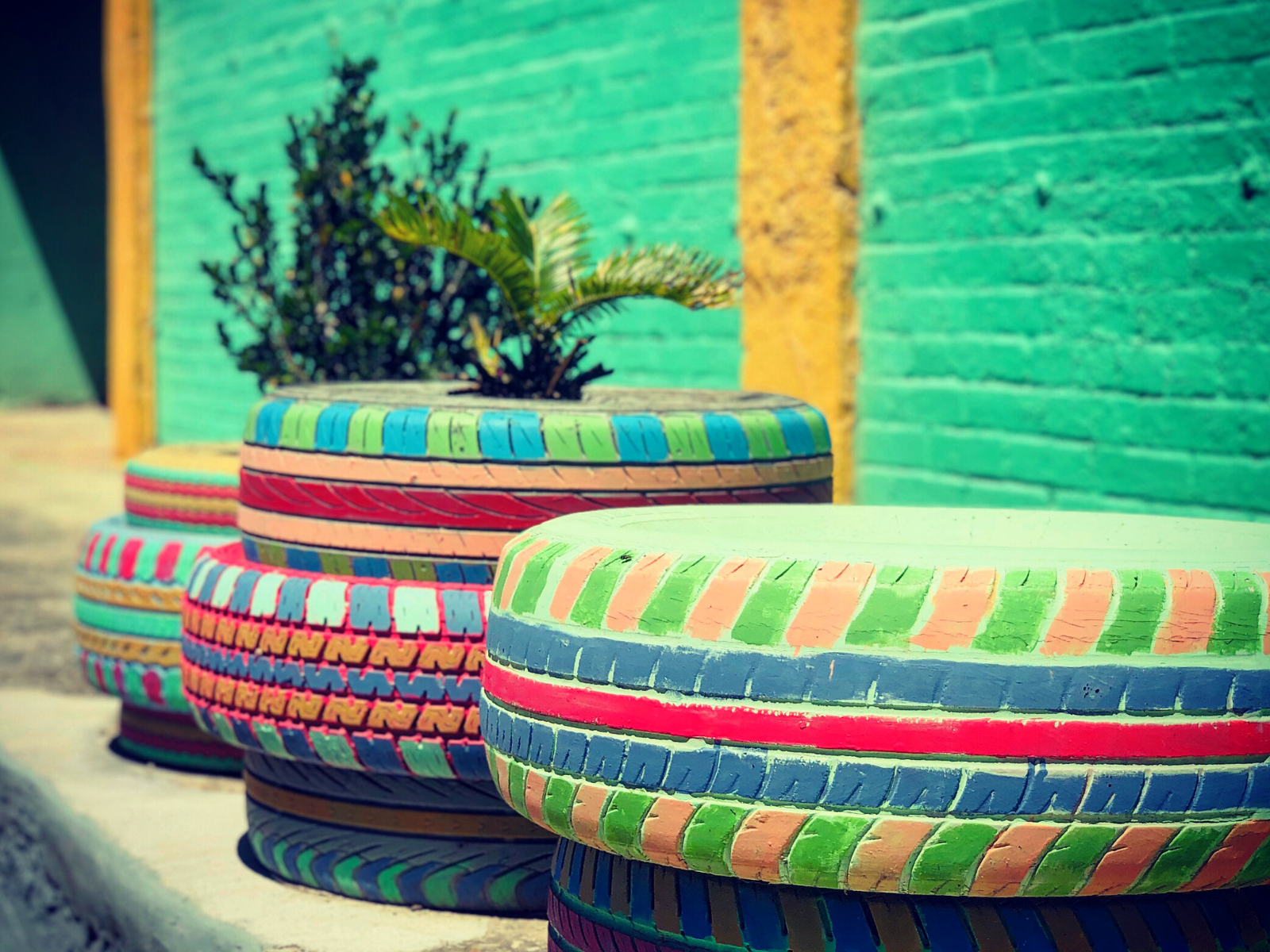
Embracing the Lasting Impact of Recycled Art
Recycled art is more than just an artistic endeavor; it is a statement about the world we live in and the future we hope to create.
It emerges as a profound narrative of transformation and hope.
It's a creative crusade that not only beautifies our spaces but also enlightens our minds, urging us to reconsider our relationship with the environment.
By using discarded materials to make beautiful and meaningful art pieces, artists are able to raise awareness about environmental issues, promote recycling, and inspire action towards a more sustainable future.
These artists, with their hands dipped in the remnants of yesterday, mold a vision of tomorrow that is as stunning as it is sustainable.
Their work is a powerful reminder that every piece of 'trash' has a story, a potential, a place in a gallery of green futures.
Recycled art doesn't just change the way we see waste; it changes the way we see our world and our role in it.
It's a movement that invites us to be part of the art—part of the solution.
The process of creating recycled art is a testament to human creativity and resourcefulness, proving that with imagination and ingenuity, we can transform waste into wonders.
So, as we applaud these eco-artists, let's also pick up the baton and run with it, for the race towards a cleaner, greener planet is a marathon, not a sprint, and every step counts.



Recycled Art FAQs
Embarking on a journey through the world of recycled art is not just about admiring creativity; it's about embracing a movement that intertwines artistic expression with environmental consciousness.
As we dive into the frequently asked questions about this transformative art form, we uncover the essence of turning the discarded into the divine and the overlooked into the outstanding.
Recycled art is more than a trend; it's a testament to human ingenuity and a beacon of hope for our planet.
Let's unravel the mysteries behind these masterpieces of sustainability and explore how they challenge our perceptions of what art can be and the impact it can have on the world around us.
What is recycled art?
Recycled art is a creative process where artists use discarded materials, such as plastic bottles, old toys, and scraps of paper, to create new art pieces. This form of art is also known as junk art or upcycled art.
How does recycled art benefit the environment?
Recycled art promotes environmental sustainability by reusing materials that would otherwise contribute to waste and pollution. It encourages recycling, reduces the need for new resources, and raises awareness about environmental issues.
Can recycled art be considered fine art?
Yes, recycled art can be considered fine art. Many recycled art pieces are displayed in galleries and museums around the world, and some have been created by renowned artists. The value of art is not determined by the materials used but by the creativity, skill, and message conveyed by the artist.

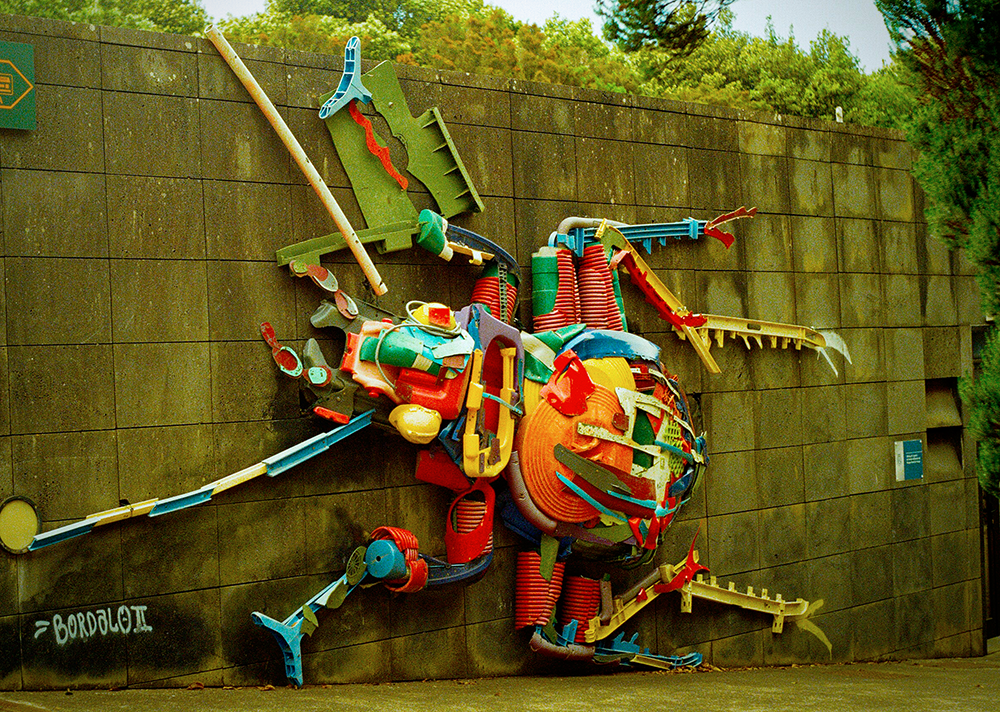
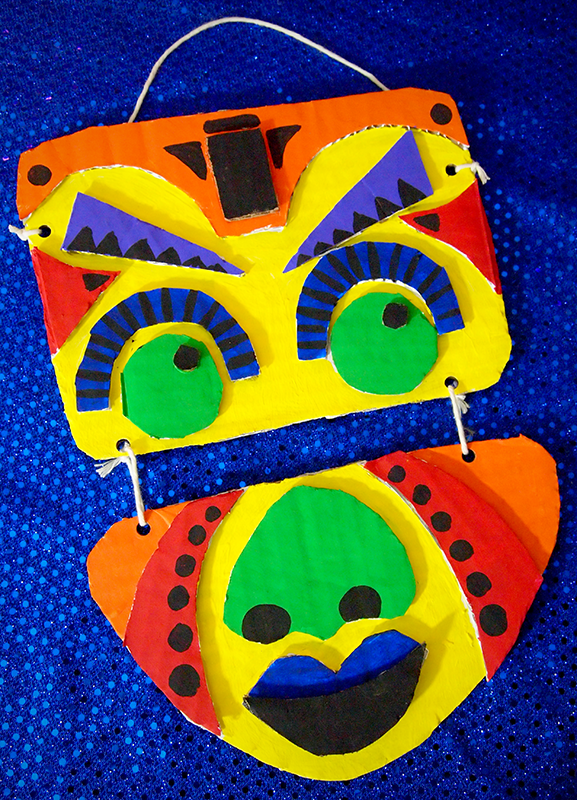
Looking to get crafty with discarded materials? Check out Coffee With My Sunshine's video!
Want even more content about creativity and art?
Be sure to check out all of our creative chronicles!
Ready to dive into the world of upcycling and recycled art?
Check out some of our other articles:
-How do you make recycled art?
-Who is the famous recycled art artist?
-What is the difference between upcycled and repurposed?

